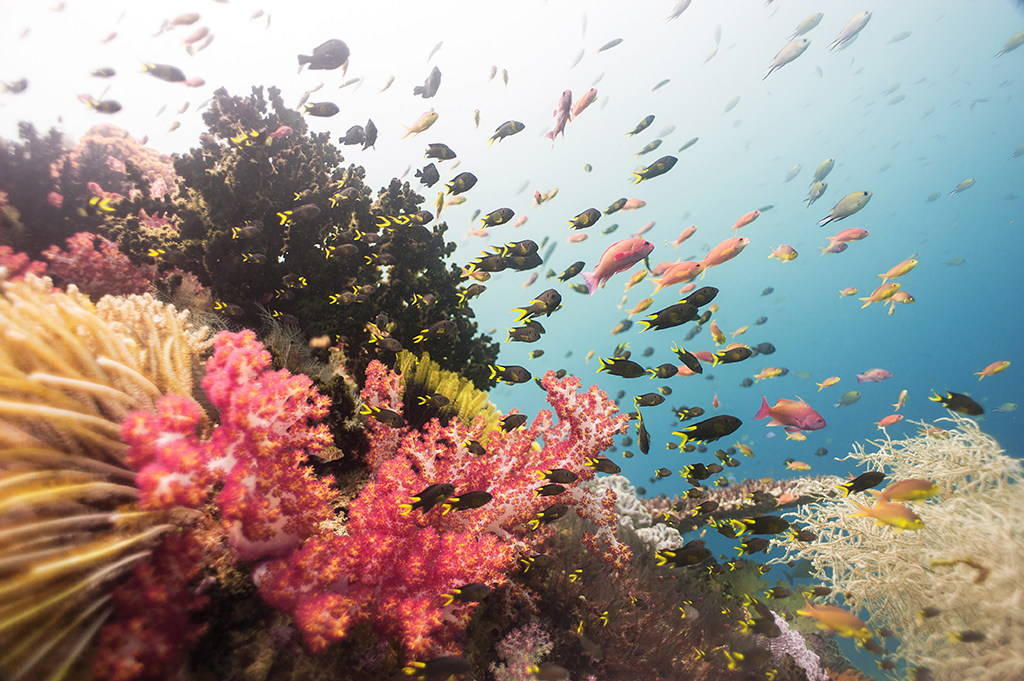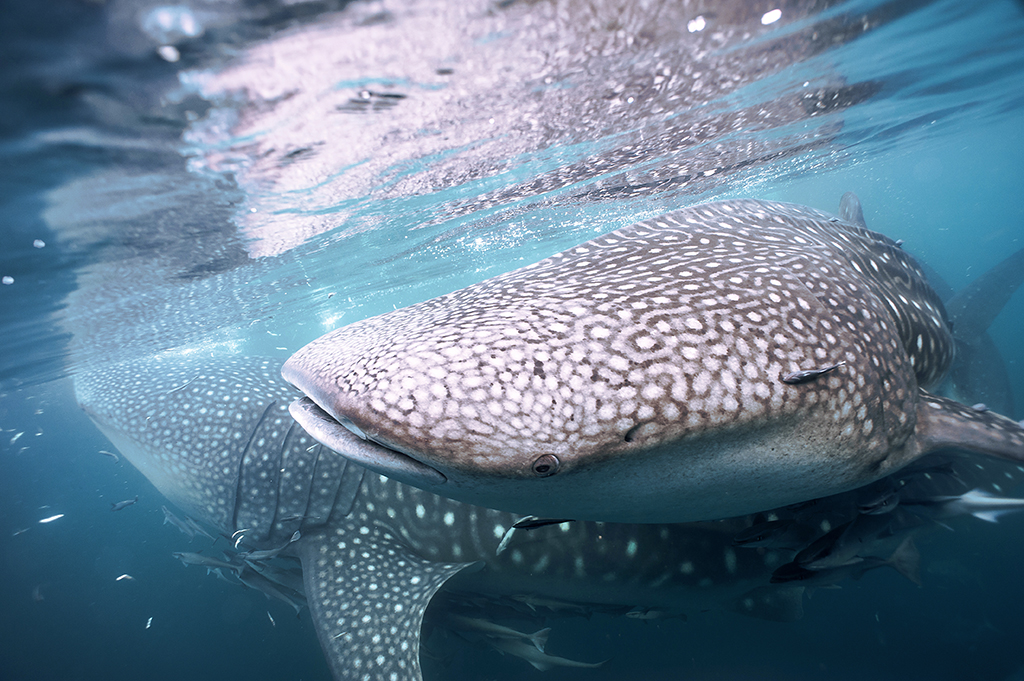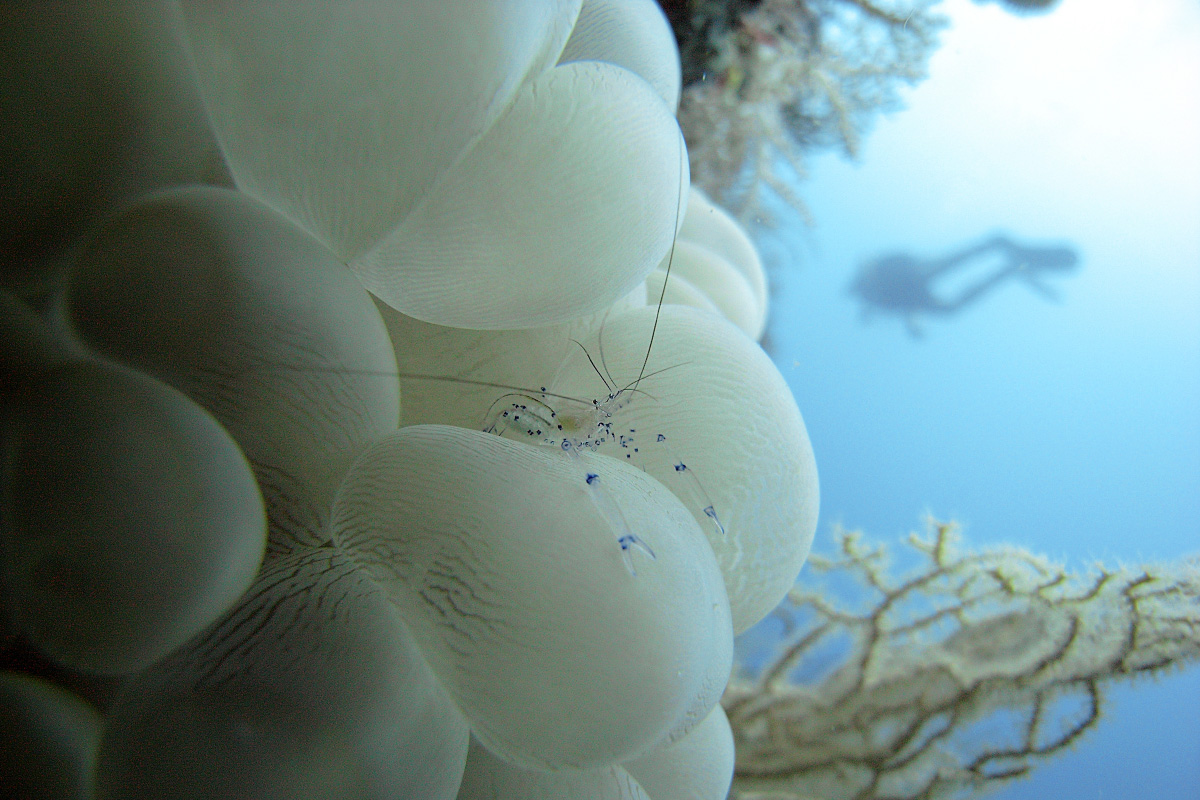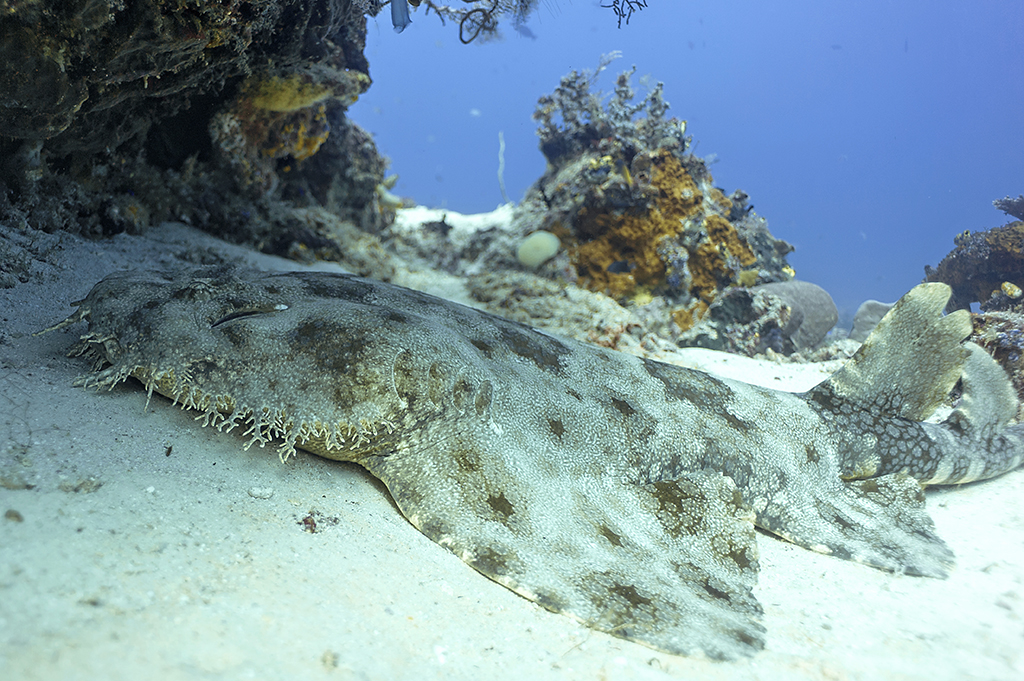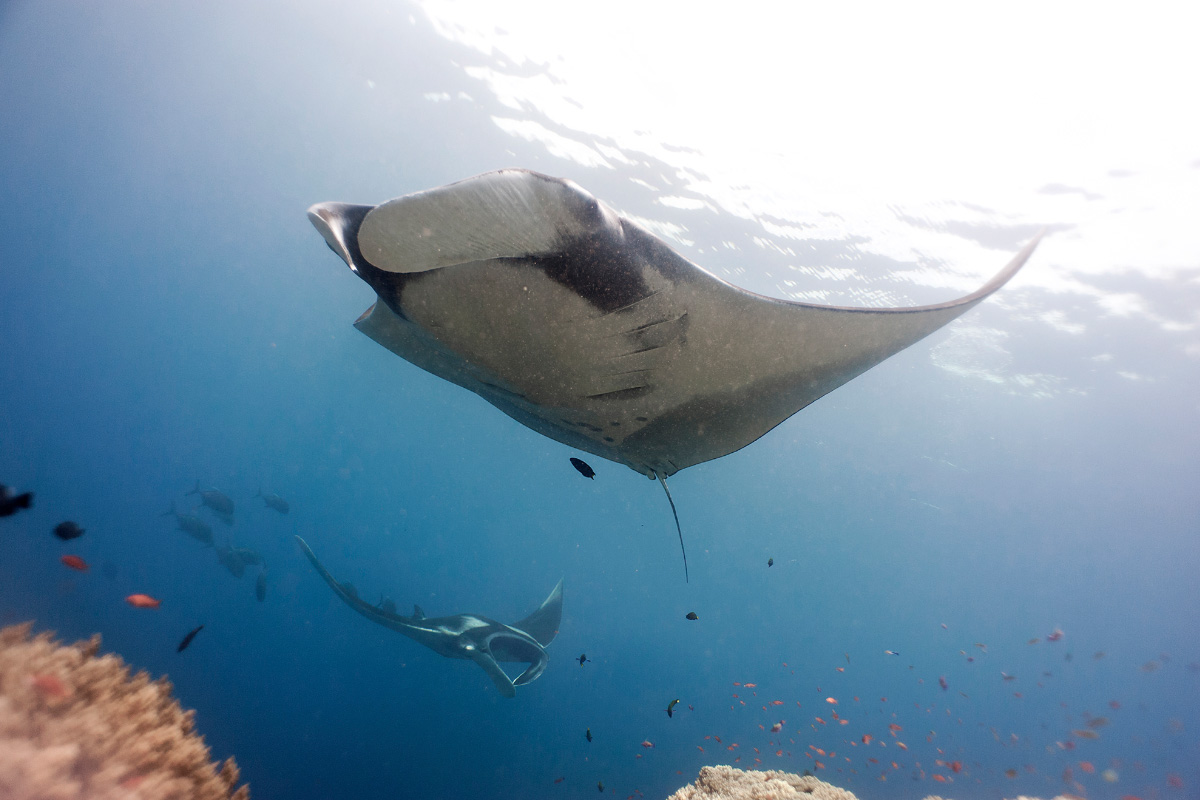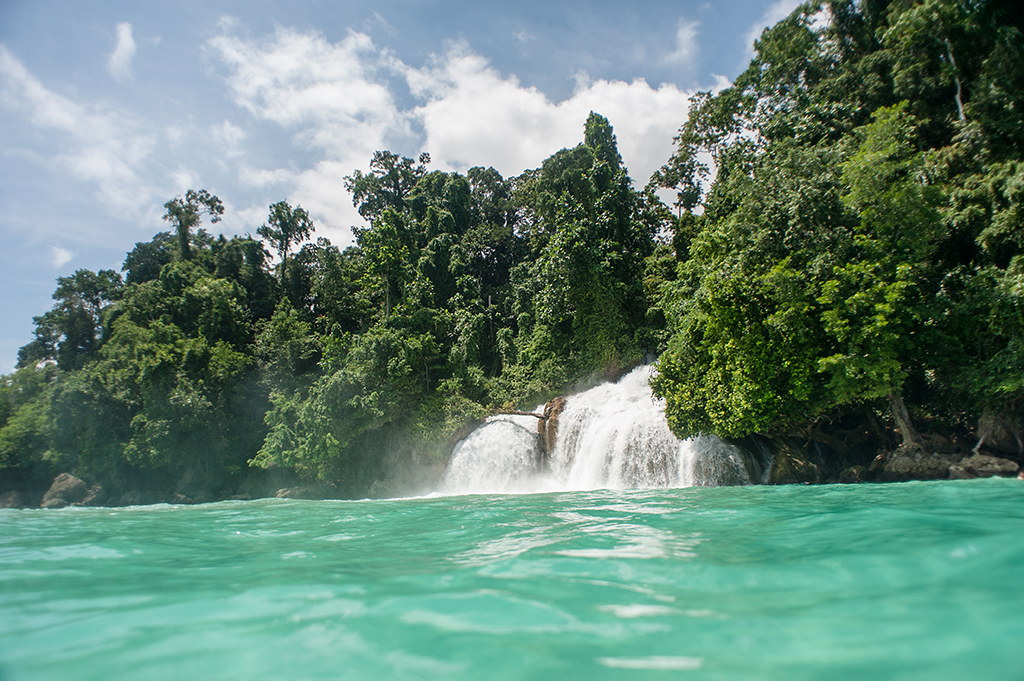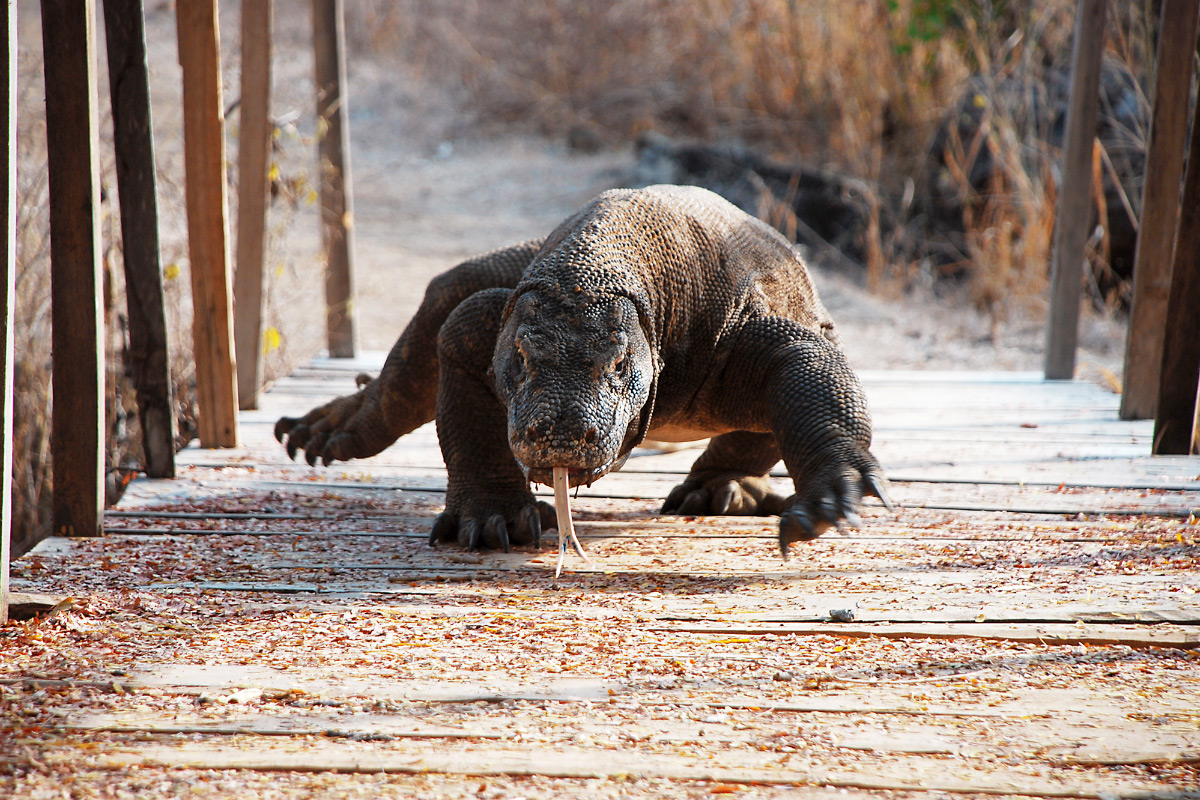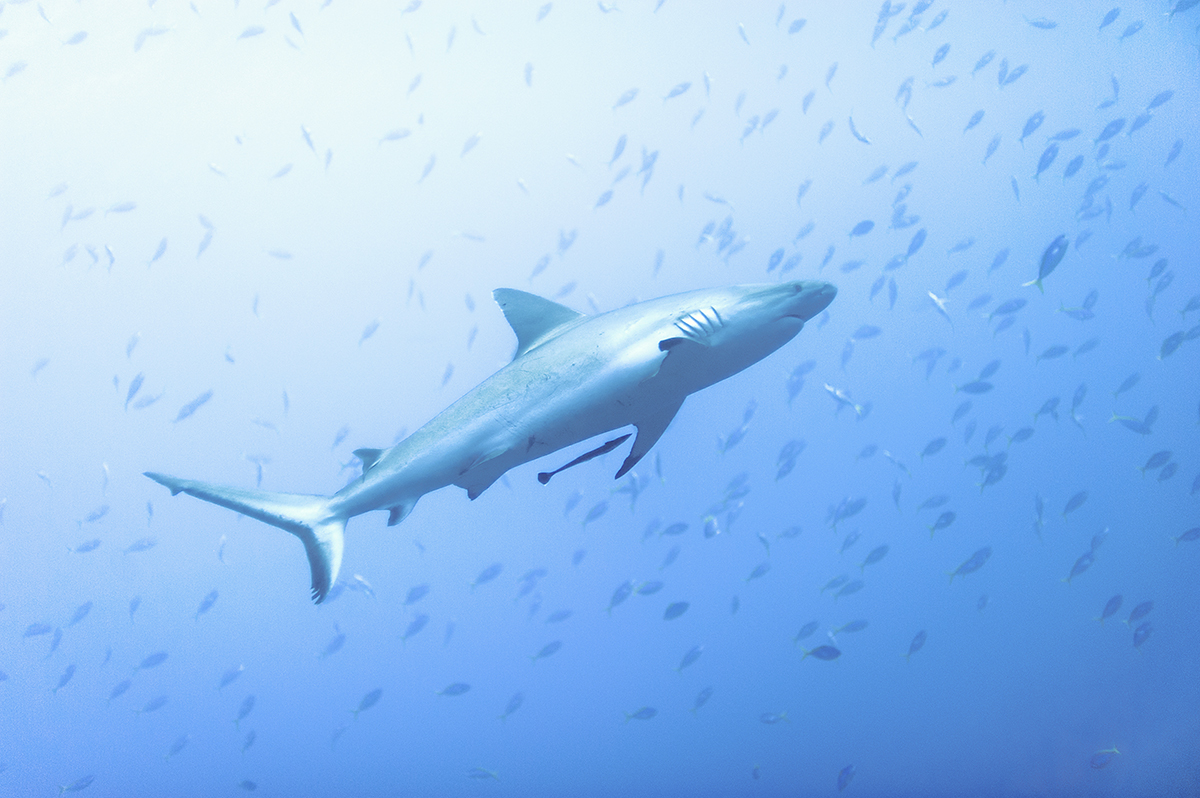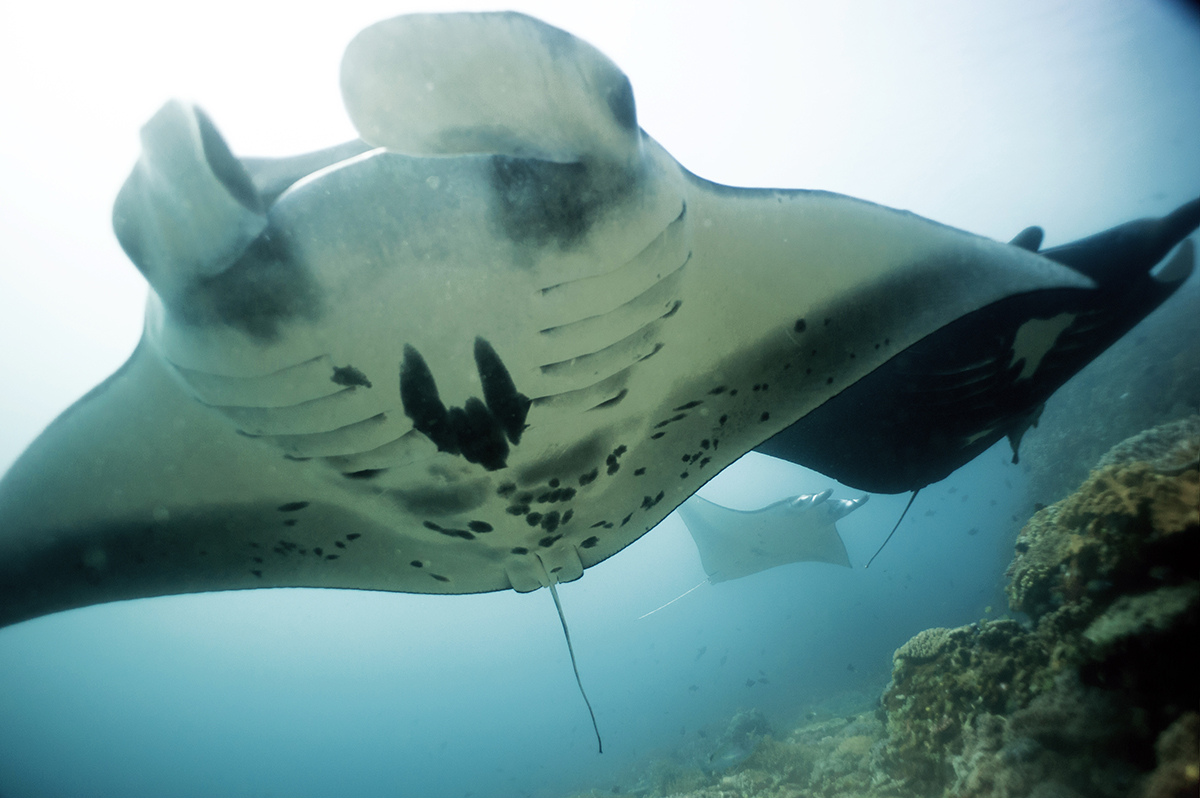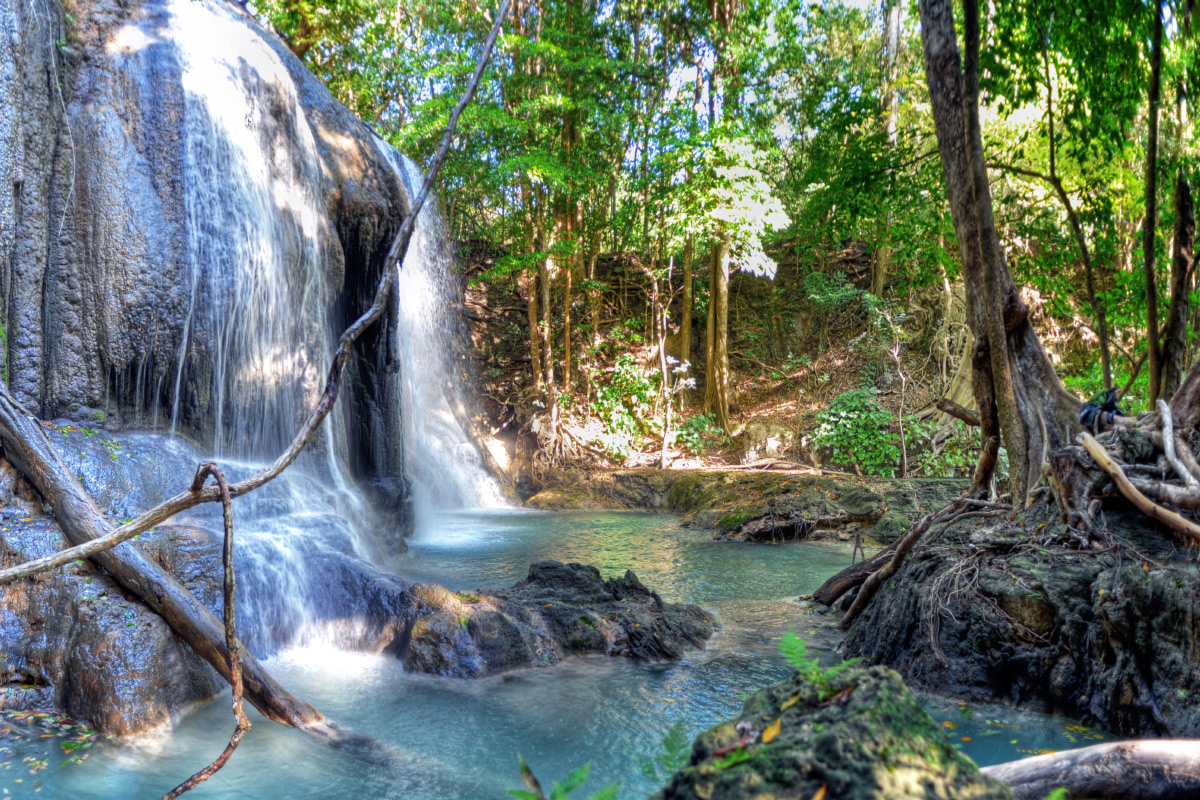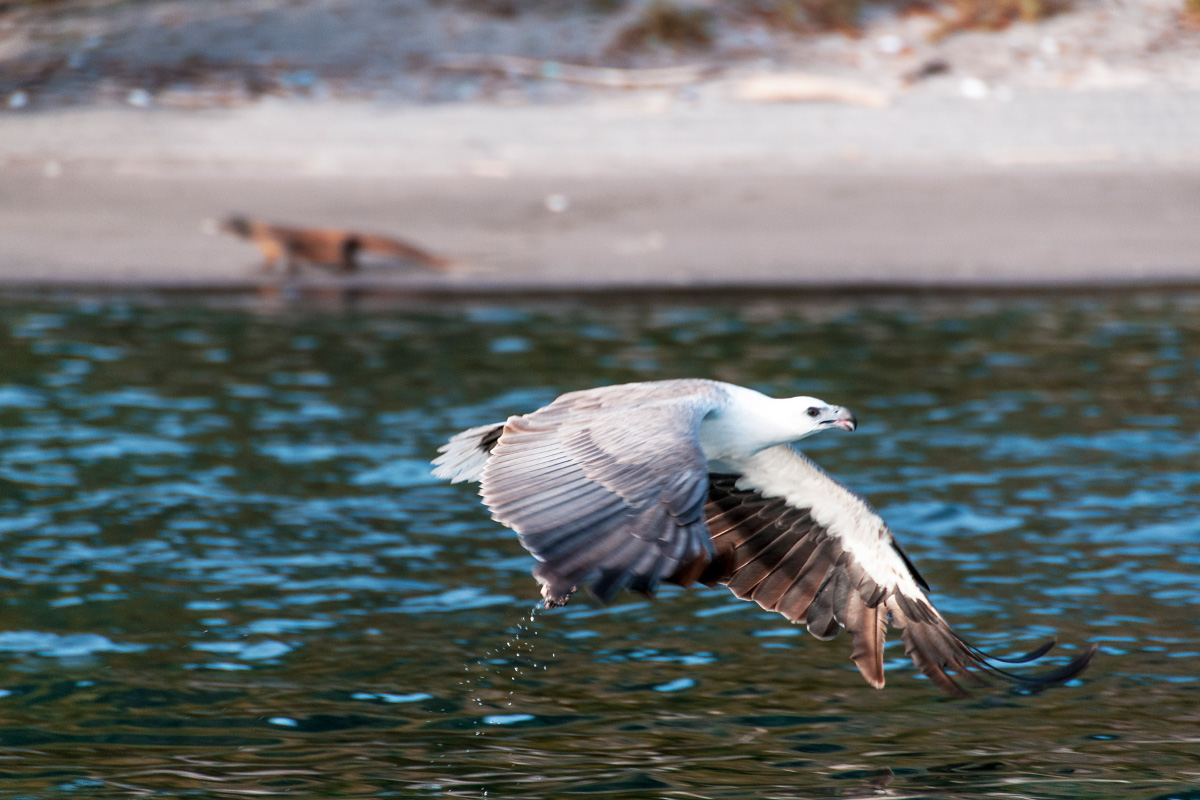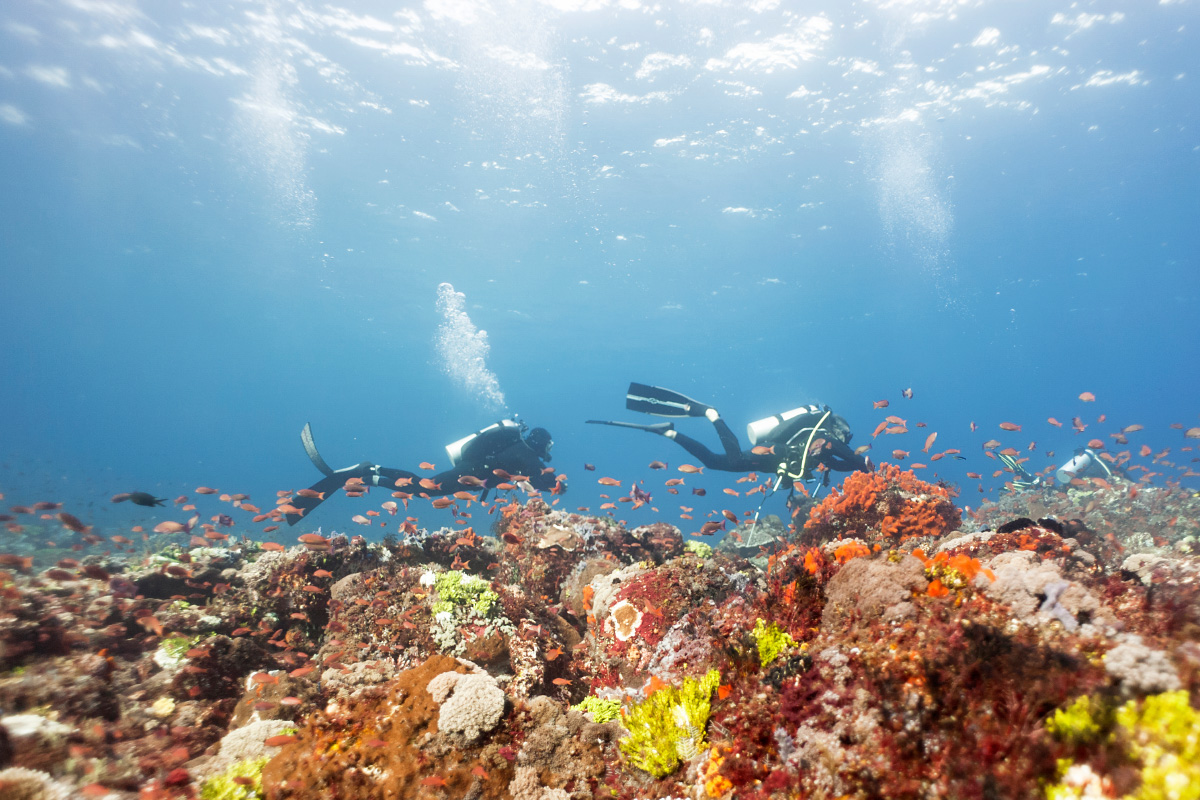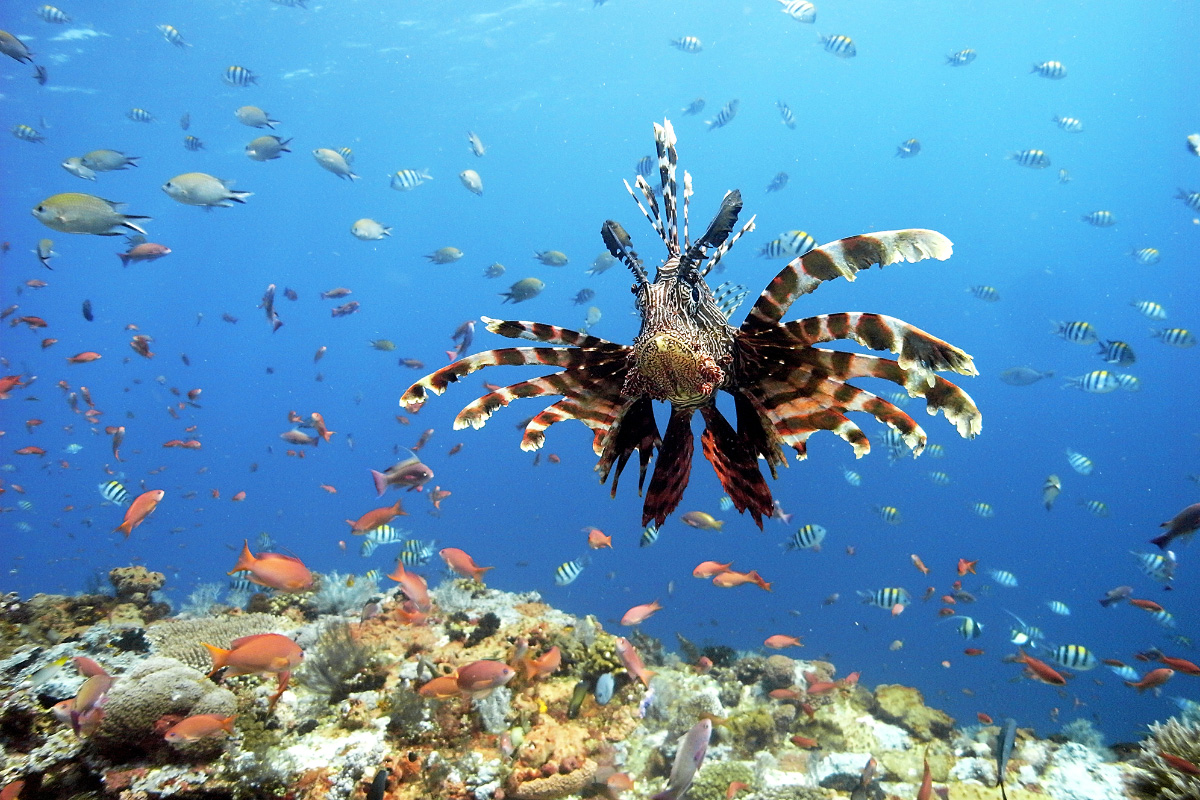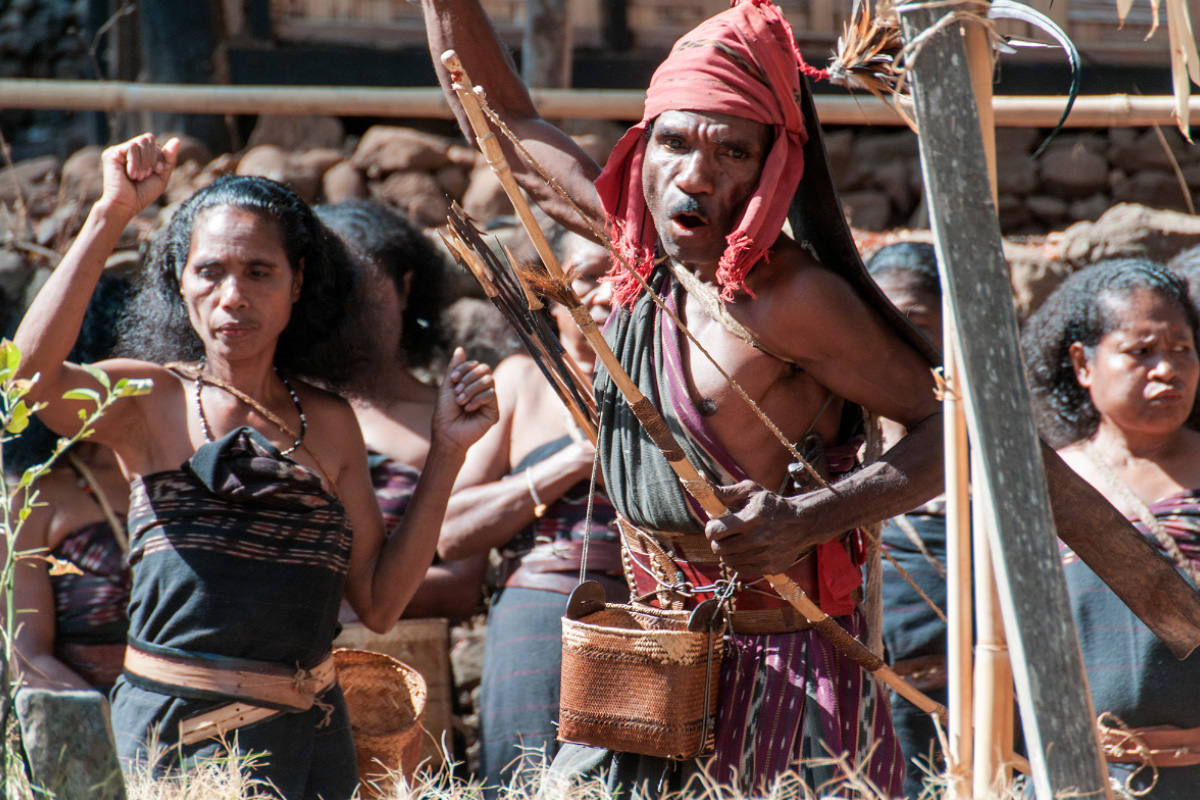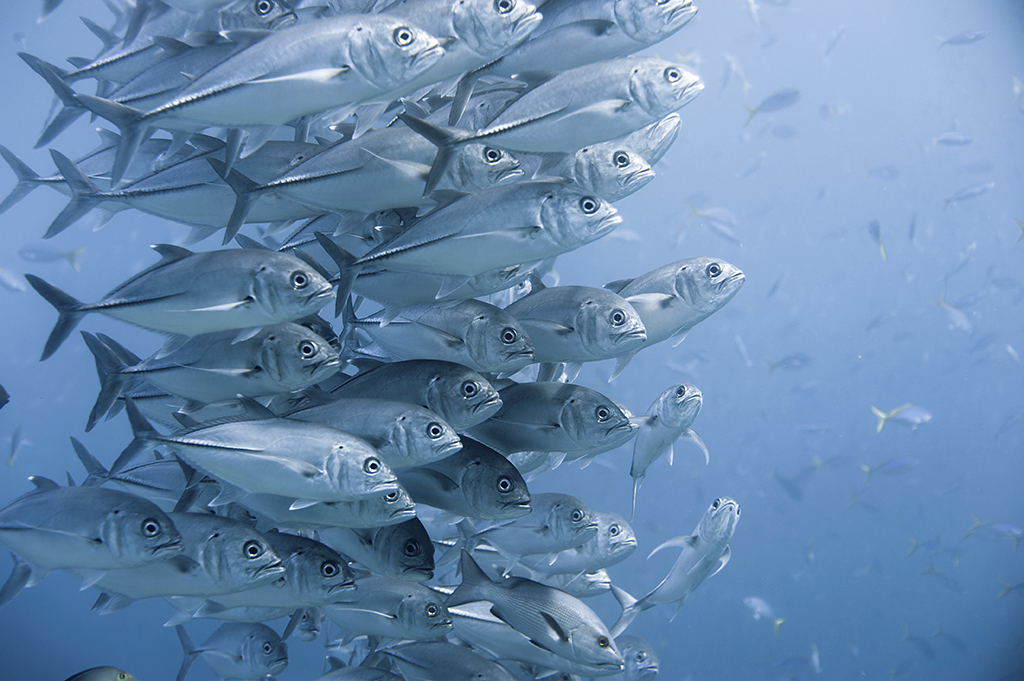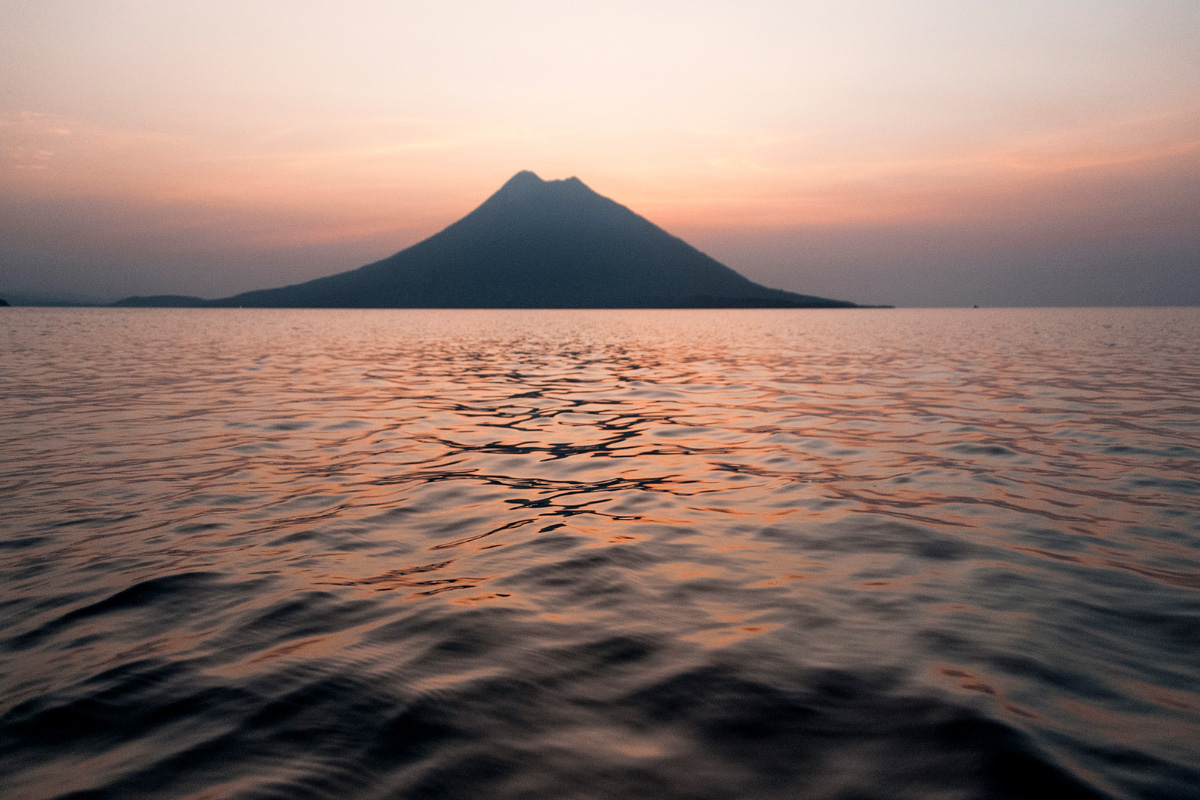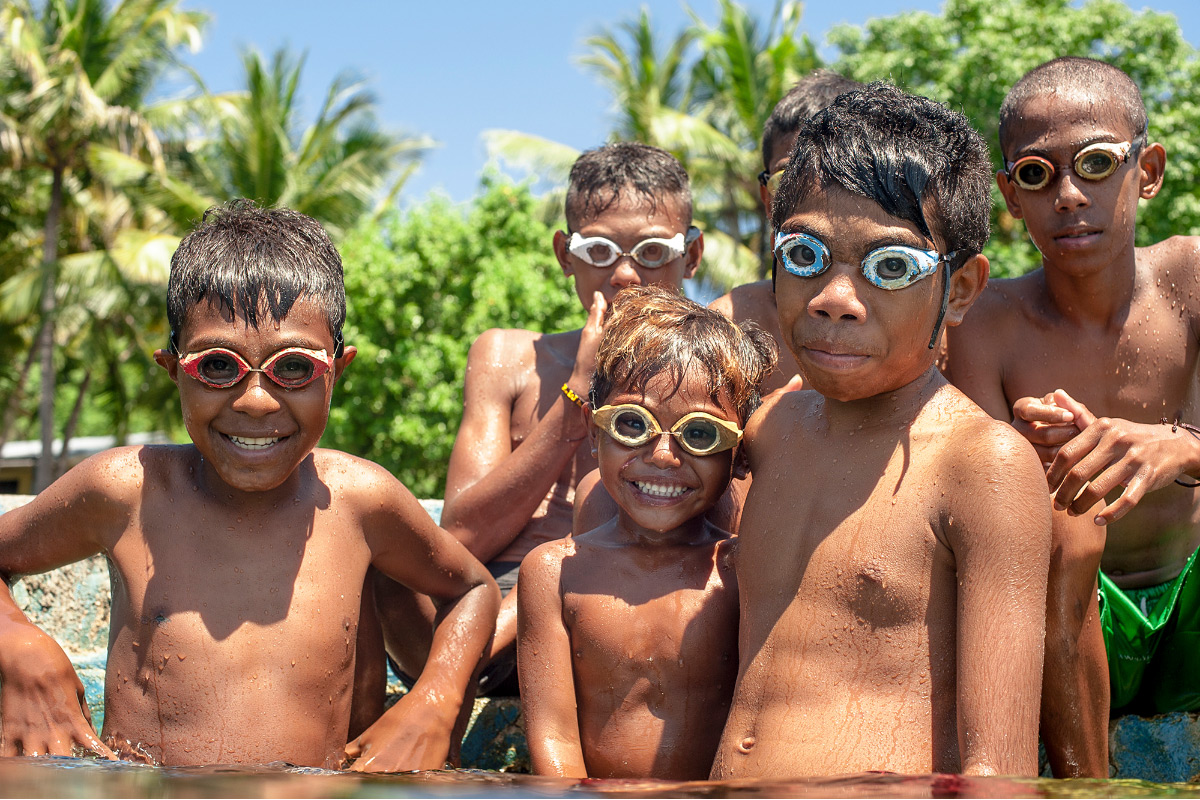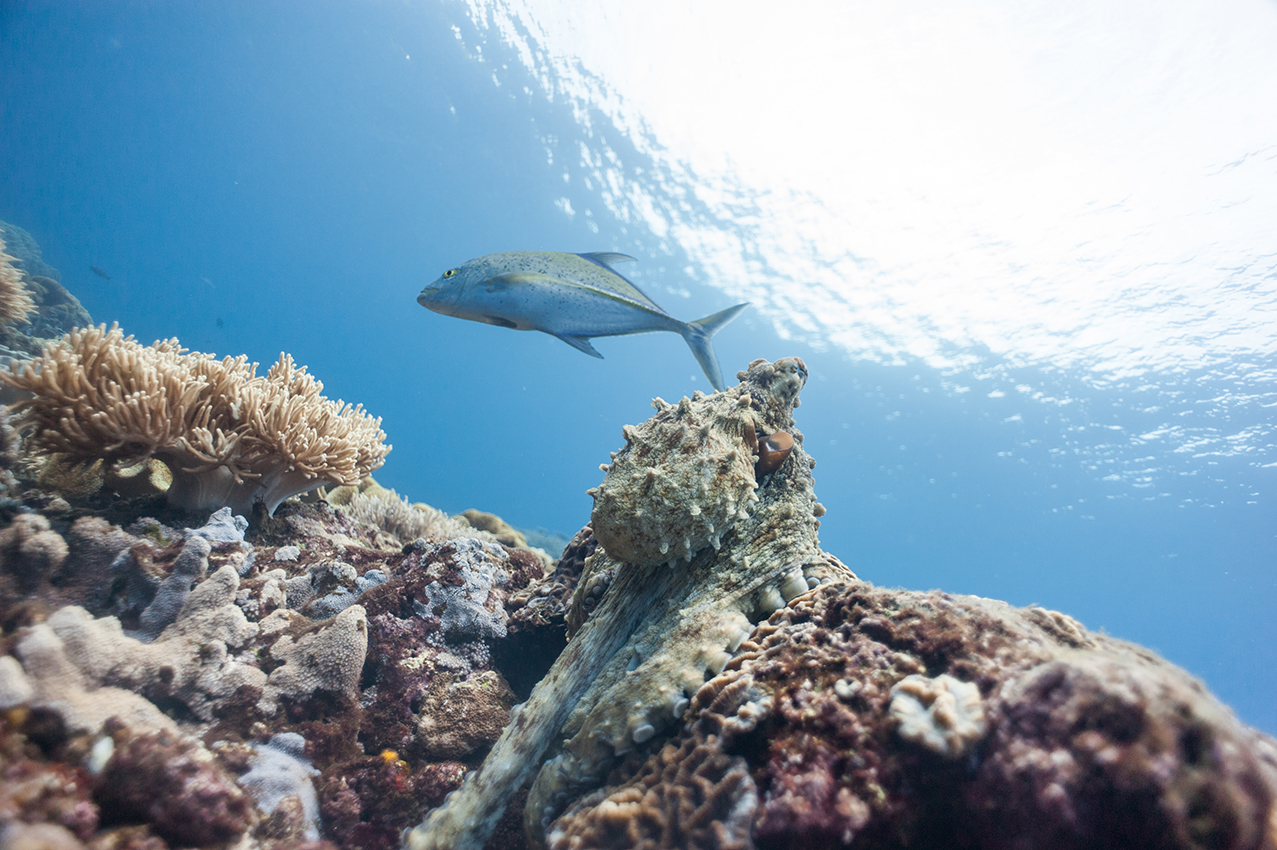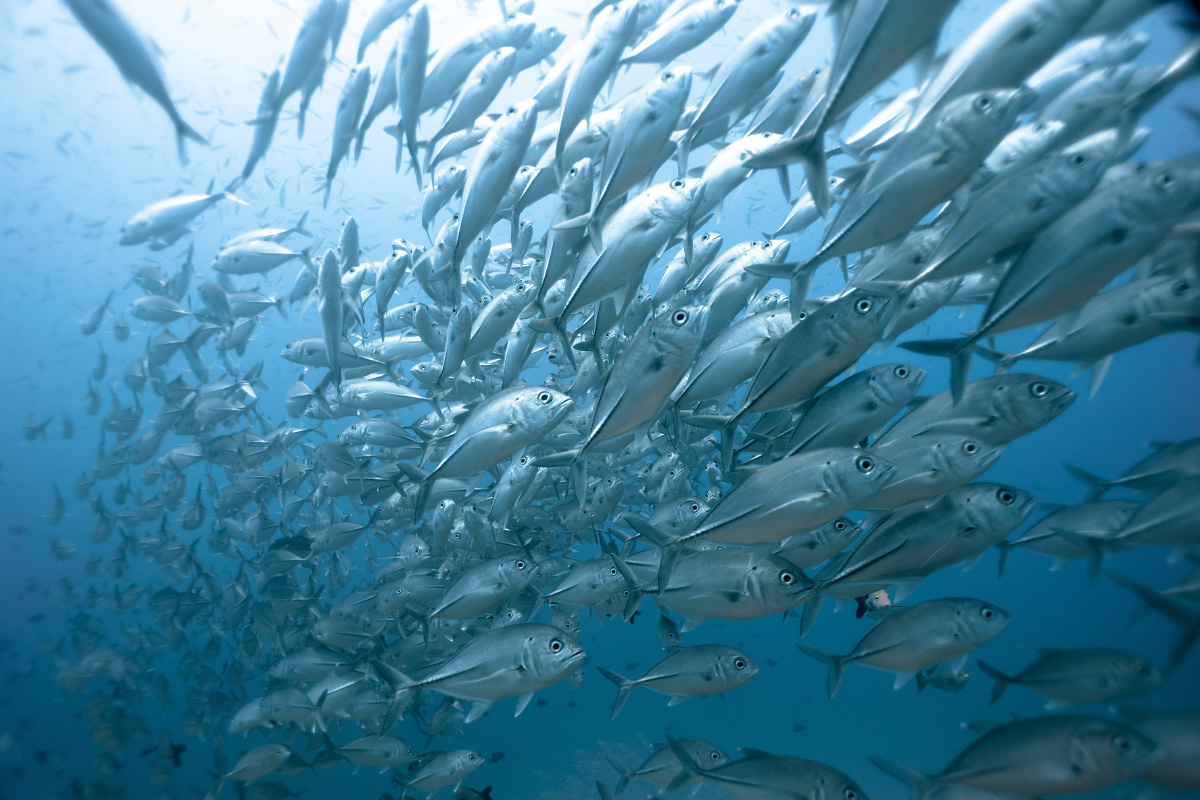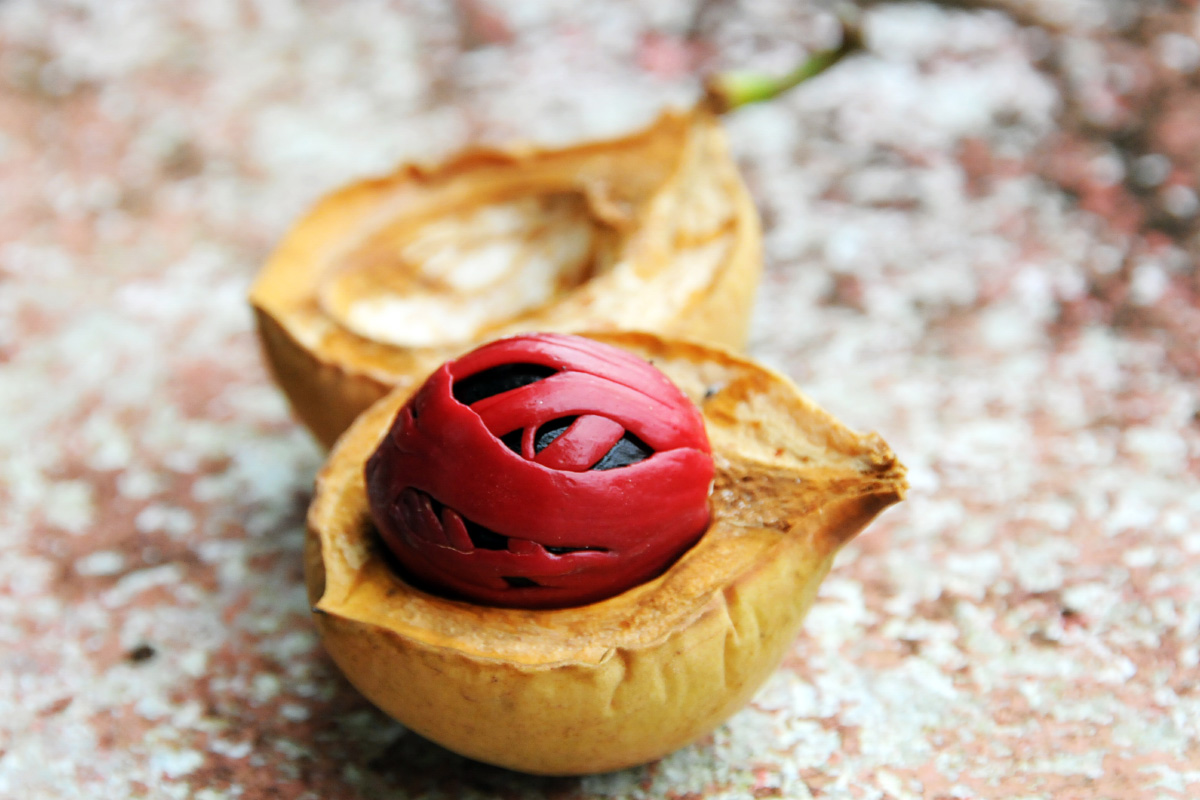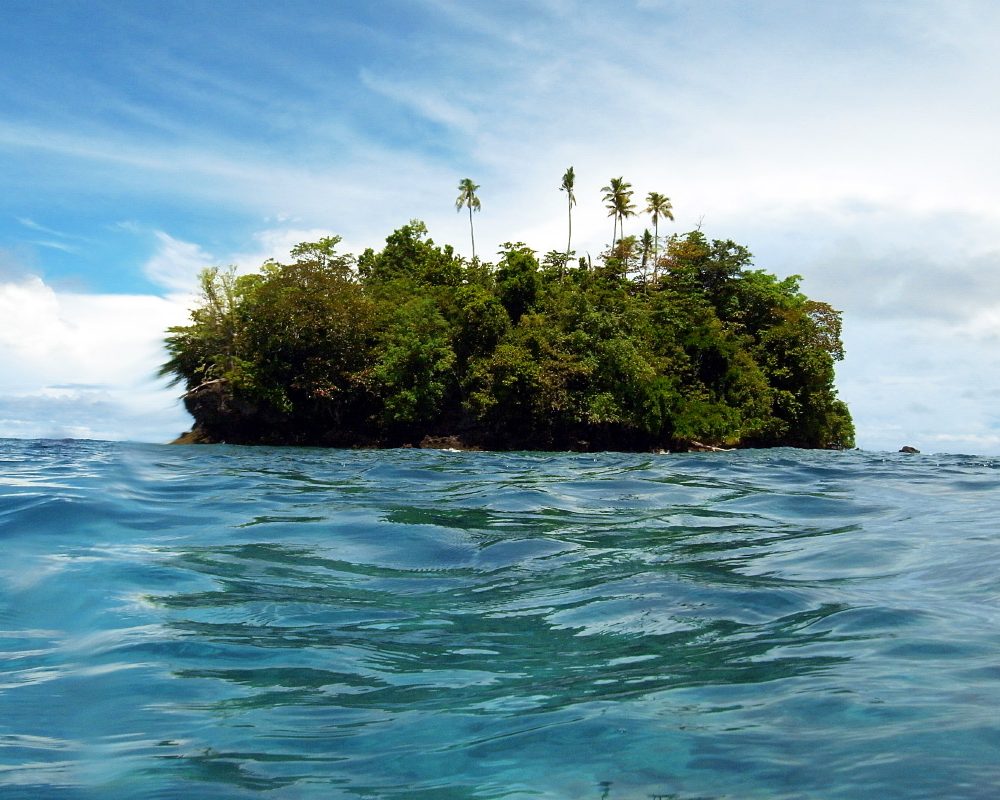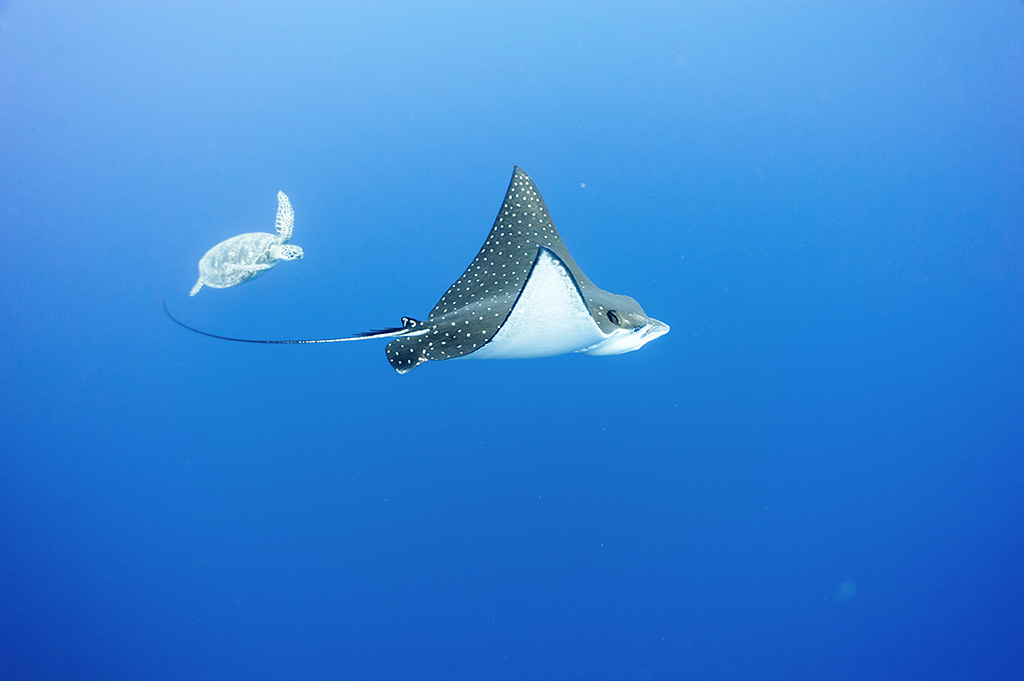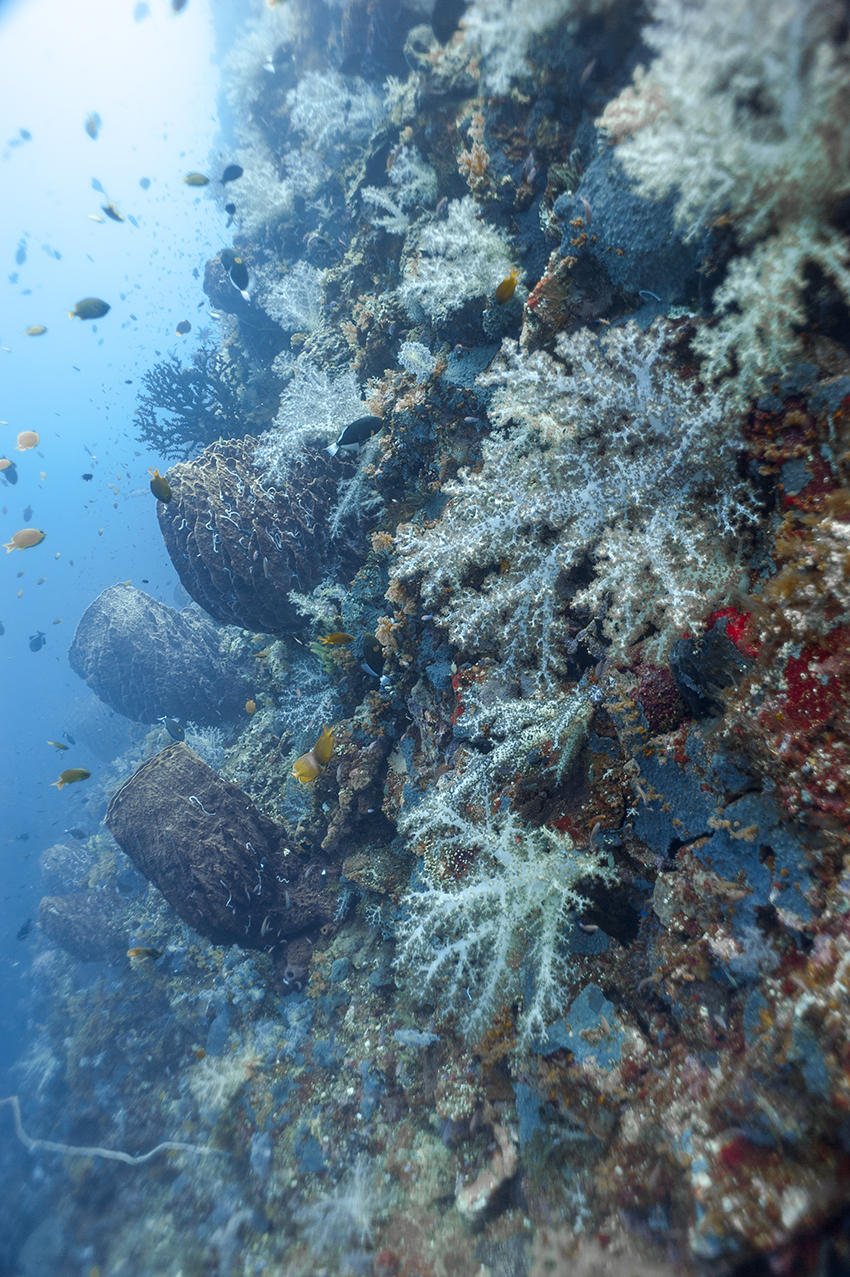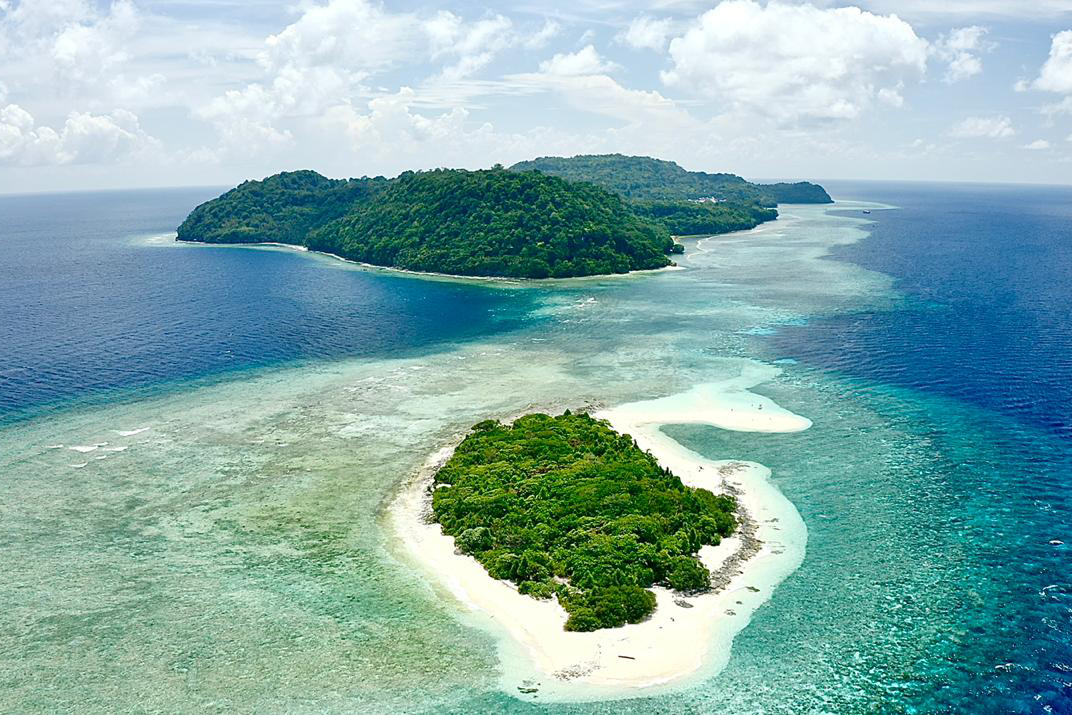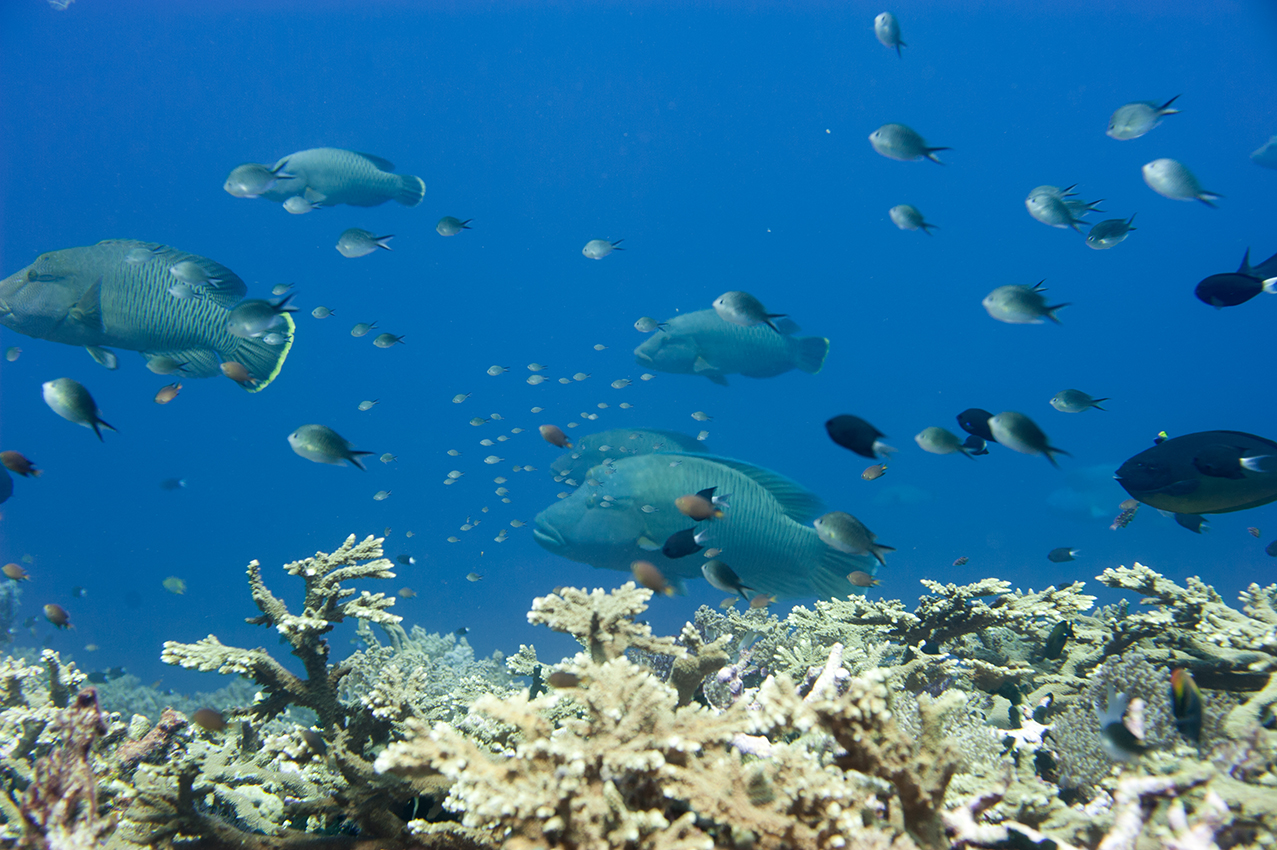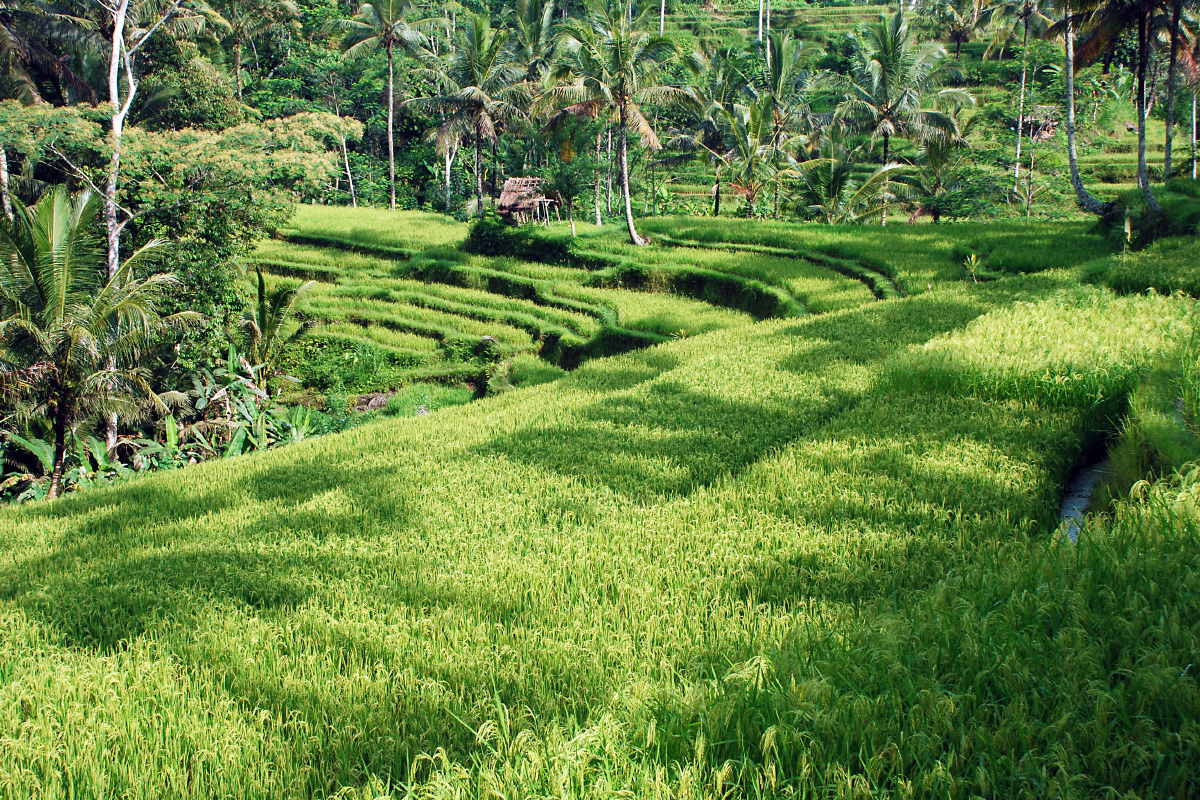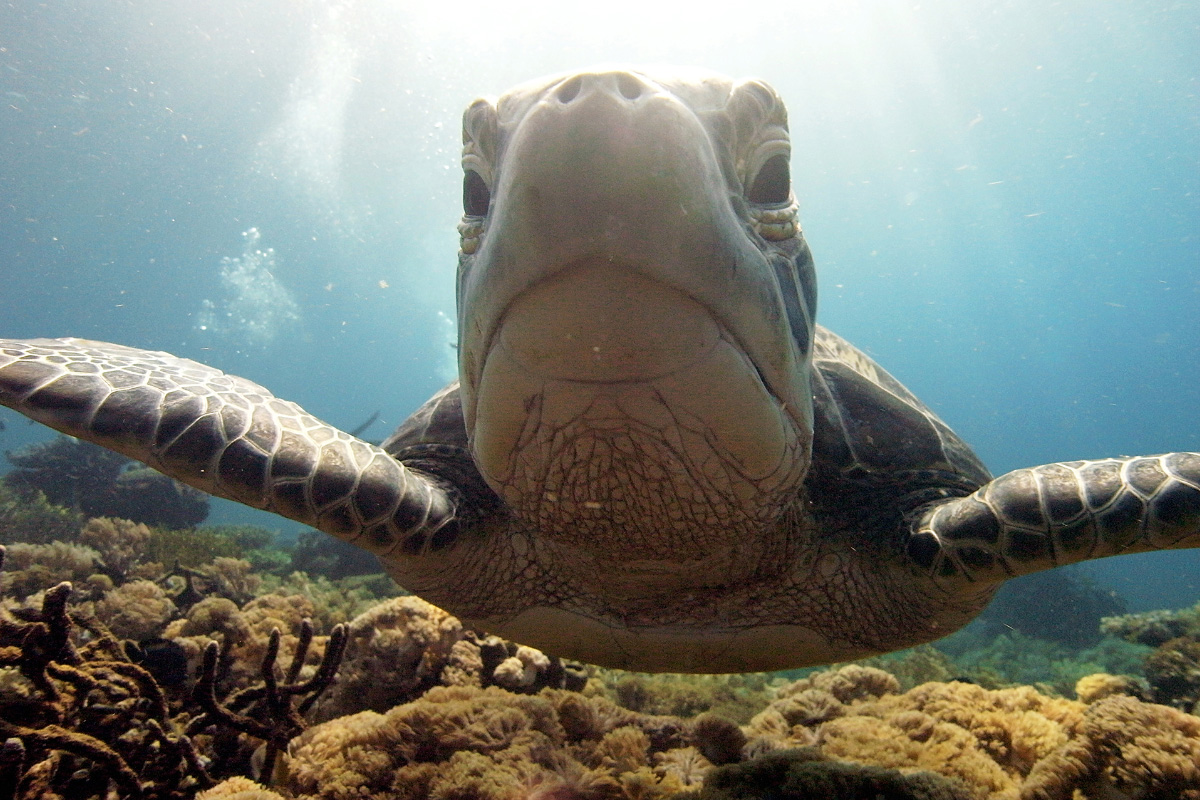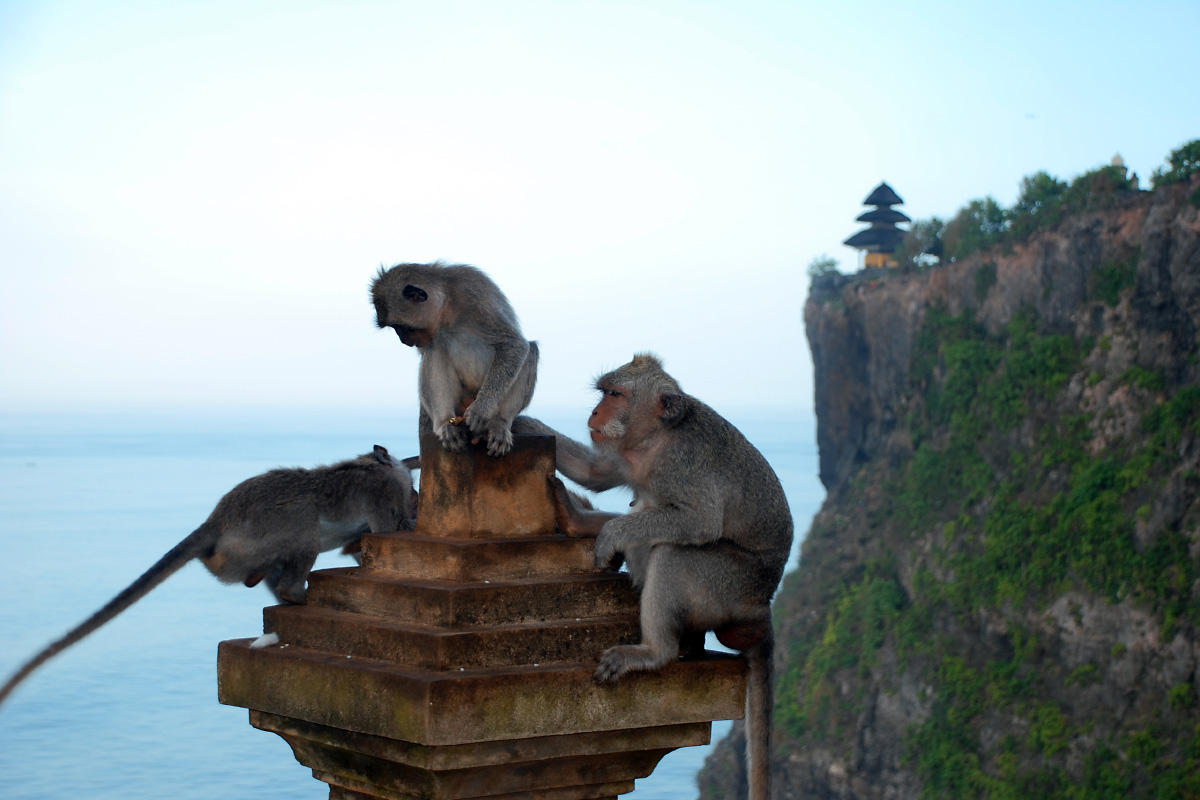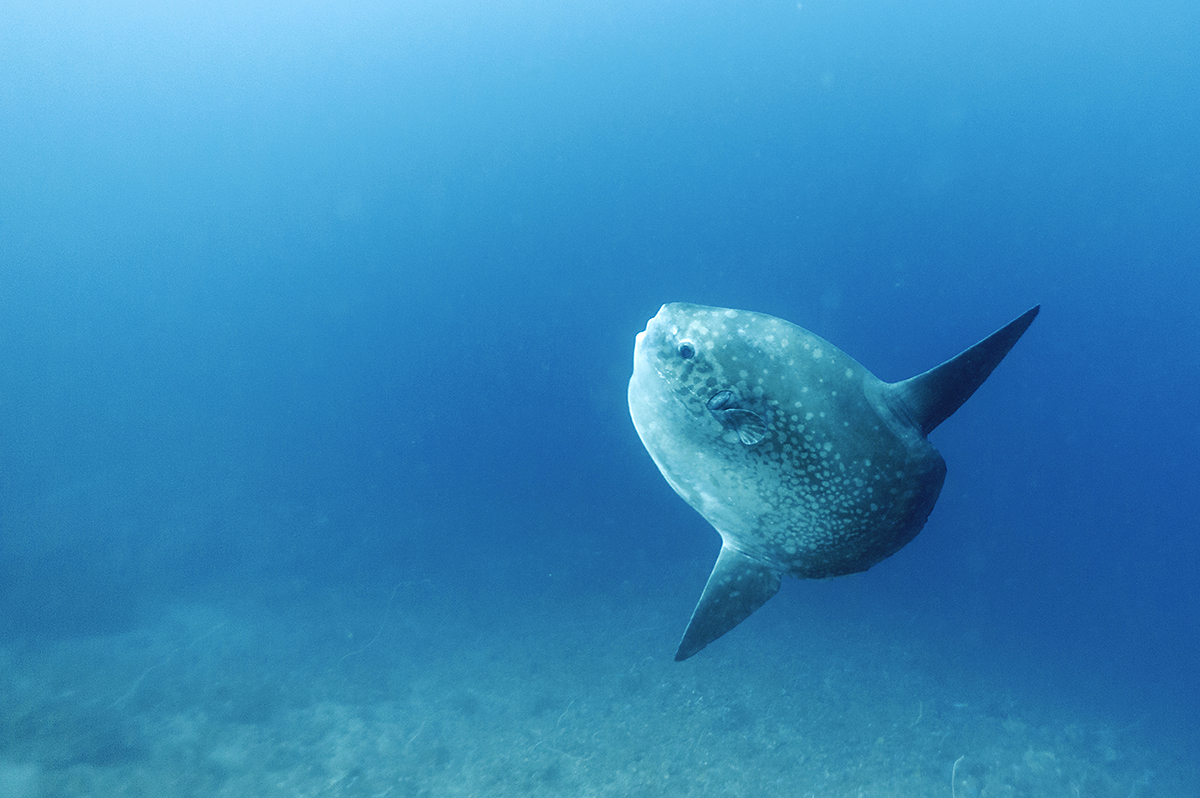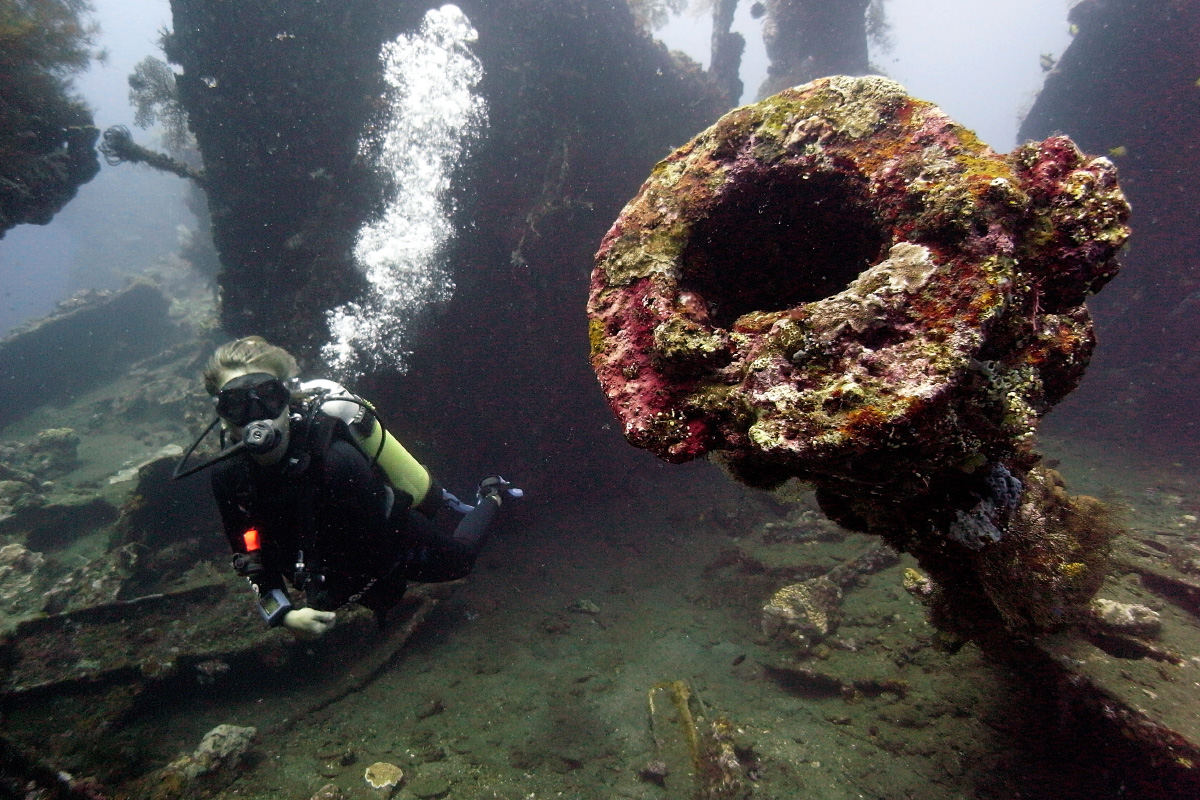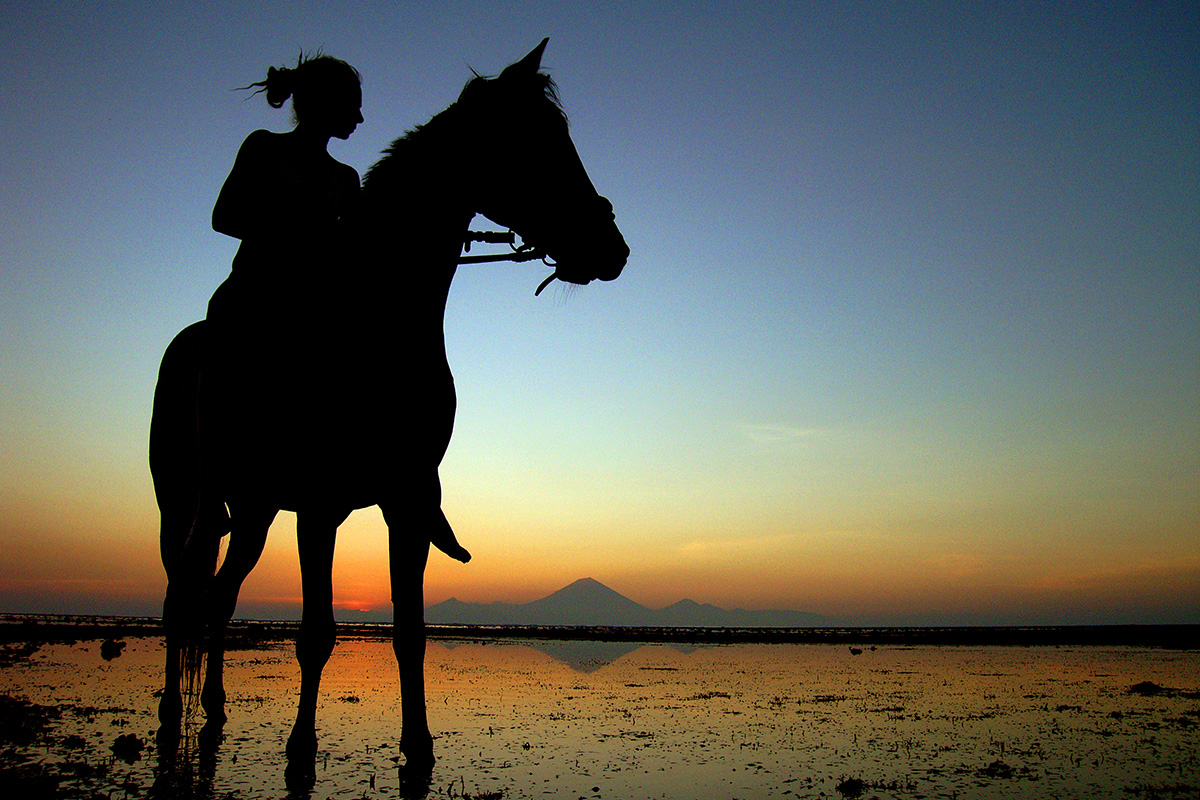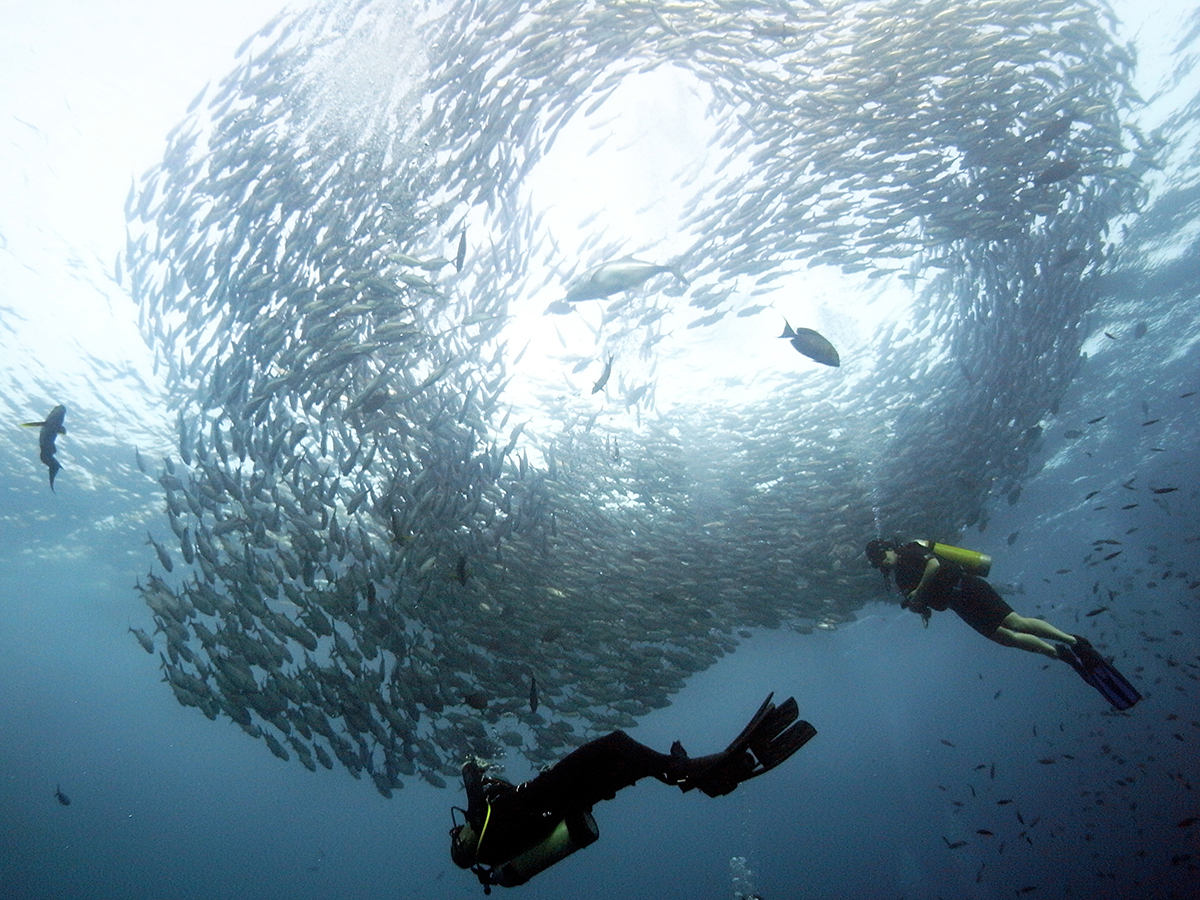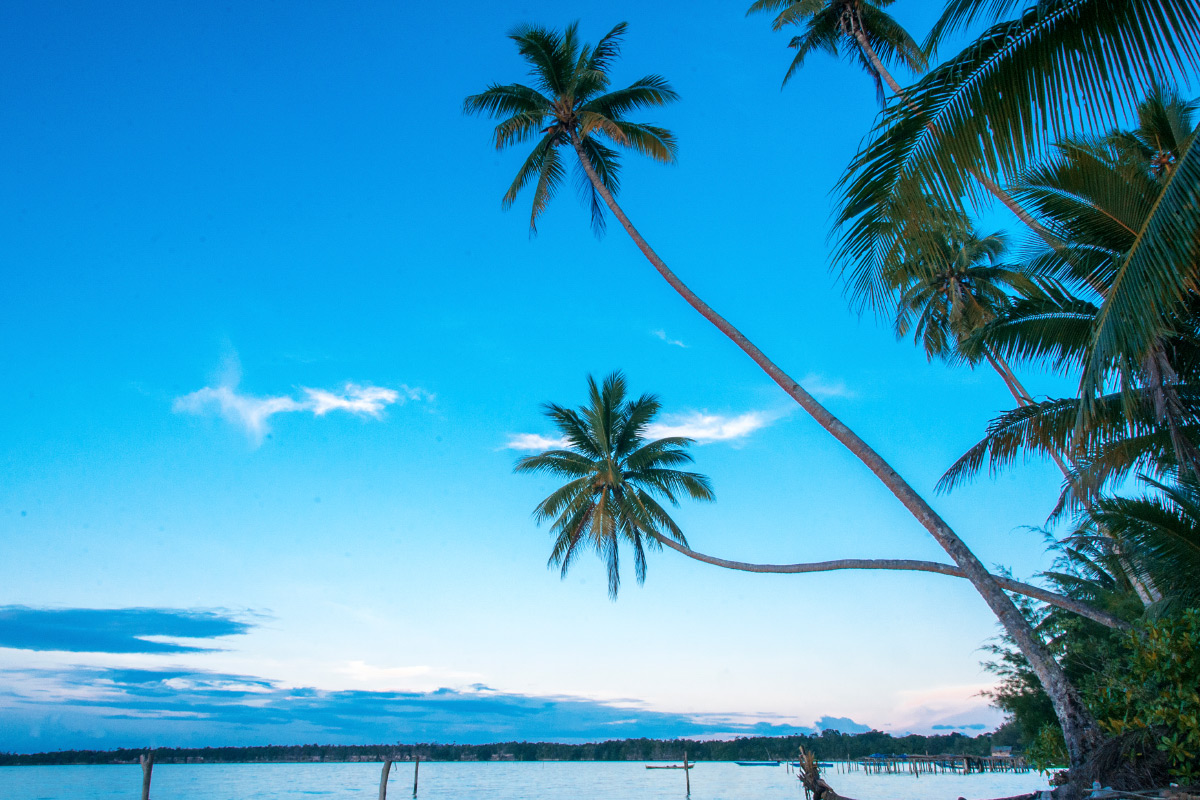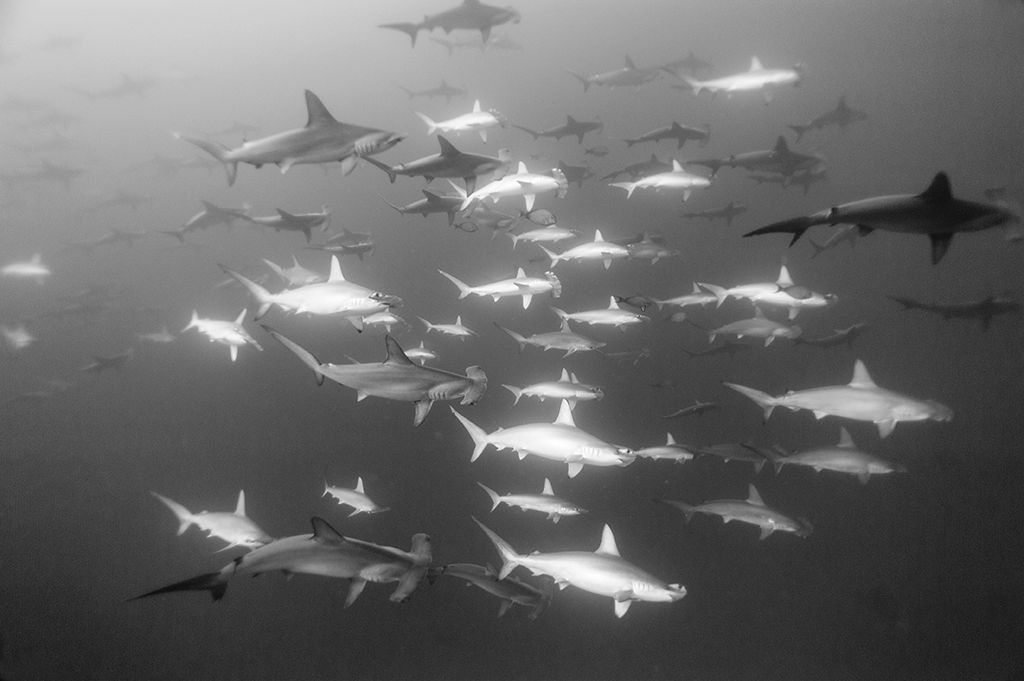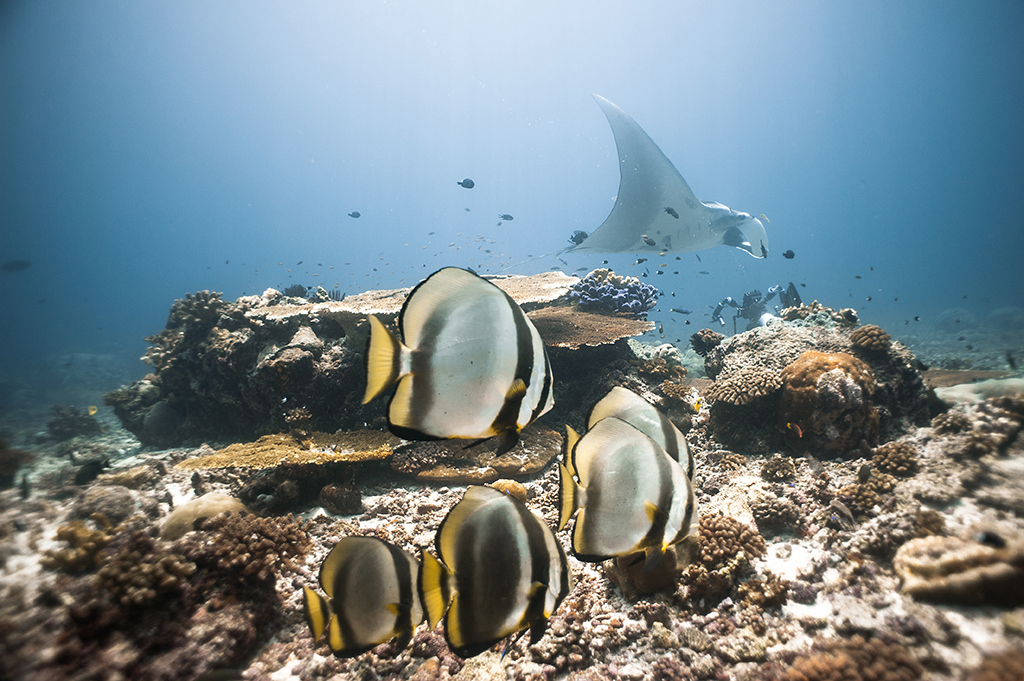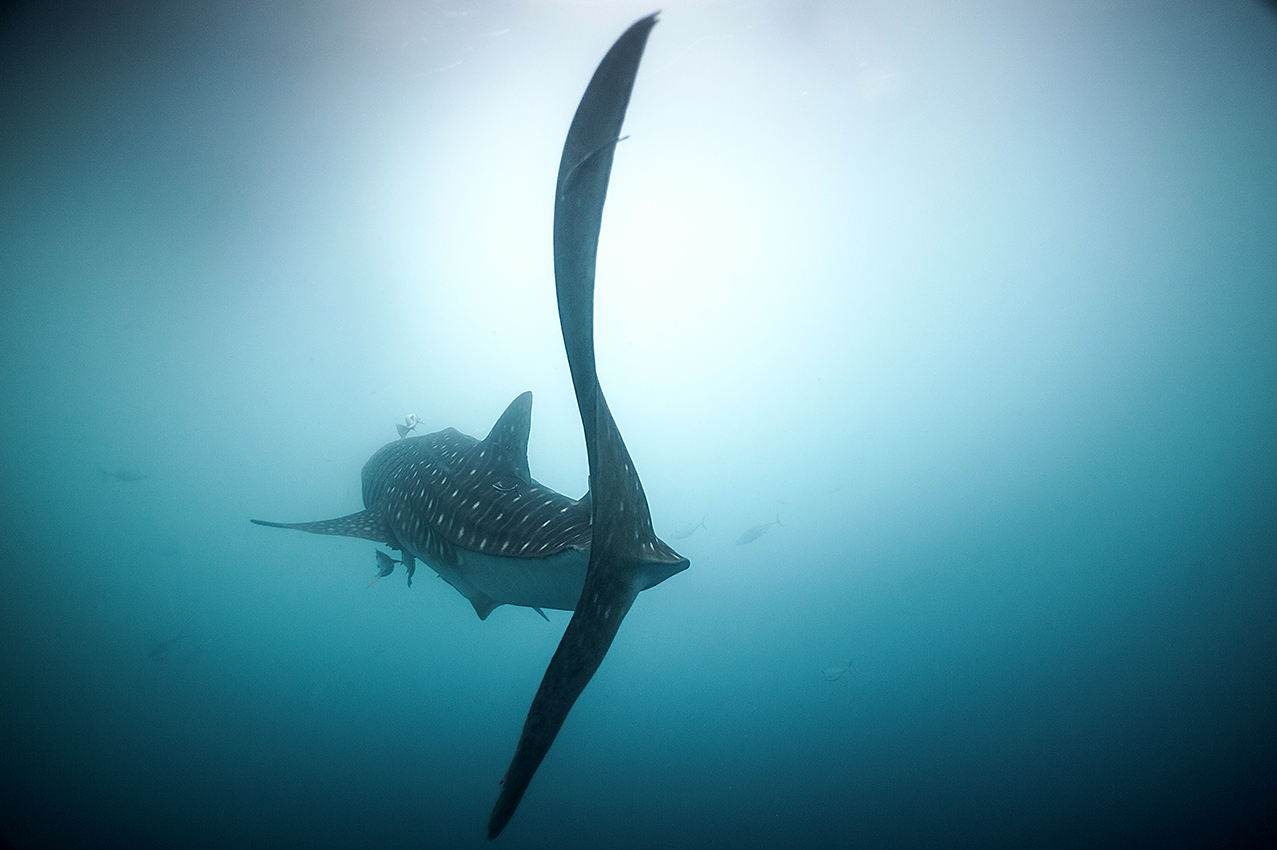Located off the northwest tip of Bird’s Head Peninsula on the island of New Guinea, in Indonesia’s West Papua province, Raja Ampat, or the Four Kings, is an archipelago comprising over 1,500 small islands, cays, and shoals surrounding the four main islands of Misool, Salawati, Batanta, and Waigeo, and the smaller island of Koflau. Remote is the key word here. The Raja Ampat archipelago is the part of the Coral Triangle which contains the richest marine biodiversity on earth. The sheer number of different species in Raja Ampat is astounding, with sites for big pelagic animals, sites for macro life, and everything in between. Here you can find big aggregations of manta rays or sites with more than 200 fish species in one dive. There are blue water mangrove sites, drop offs, nutrient-rich upwelling areas and coral reefs that stretch for miles.Cenderawasih Bay is one of the only places in the world where you can dive with whale sharks; fishermen have set up feeding stations that the wild sharks visit daily.On the land, you can find pristine rainforest and scores of uninhabited islands, with unspoiled beaches waiting to be explored. Once you have dived West Papua, you will be spoiled for life.
RAJA AMPAT

